The central thesis of this article is that the State of Israel is a pure imperialist invention to facilitate the domination of Western Asia by the great powers, a domination that can only be exercised through fascist methods. We seek to prove this thesis by analyzing the history of the Zionist movement from the end of the 19th century to the middle of the 20th century, using as sources the works of some of the greatest scholars on the subject worldwide, many of them Jews.The common origins of German Nazism, Italian fascism and Israeli Zionism
The 19th century was the most important in the history of humanity. It was there where the greatest political, economic and social transformations of modernity took place, which opened the way for an unlimited development of human capabilities following the industrial revolution.
It was when the different peoples of the world, particularly those of Europe, which was the center of these transformations, tried for the first time, on an international level, to free themselves from the chains that bound them to backwardness and oppression. Nationalist movements were born in several nations suffocated by colonial empires.
To justify their action, the ideologues of nationalism often resorted to the invention of myths in order to present the purpose of building a nation as a natural historical result of the development of a people's struggle. The myths had as their fundamental characteristic a religious, racial and territorial basis.

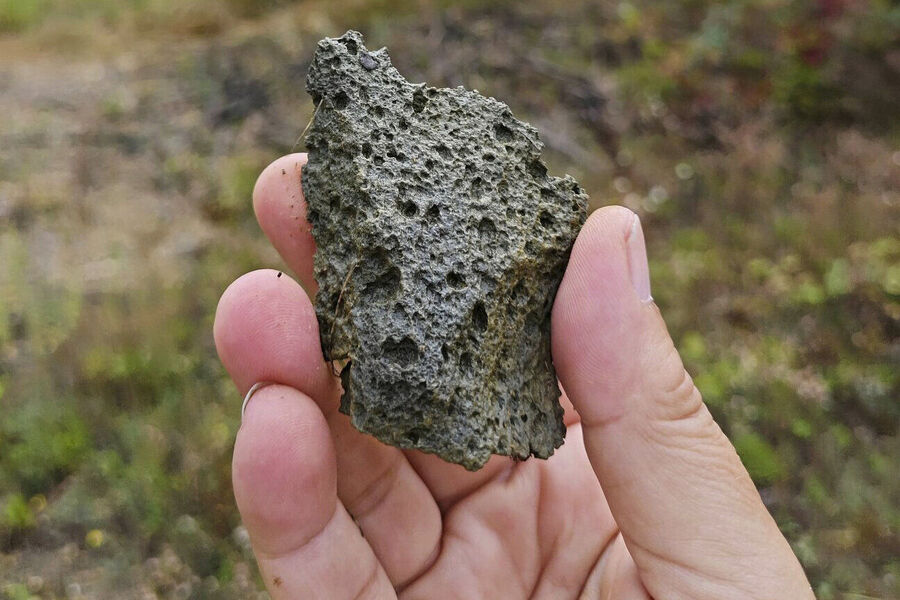
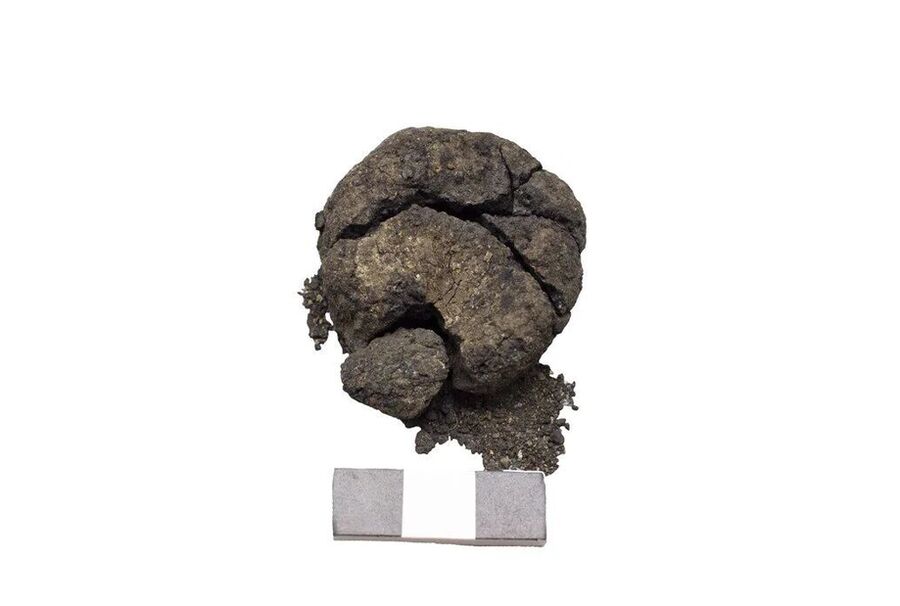
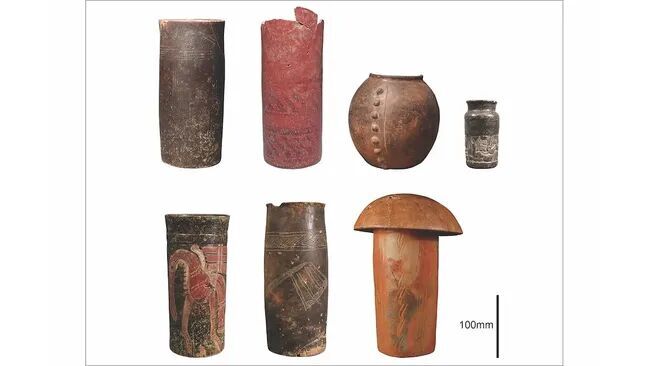
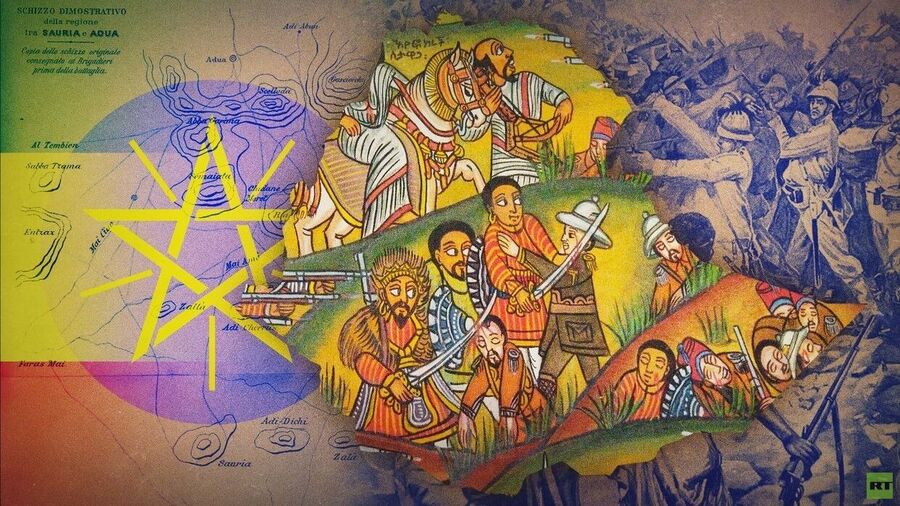


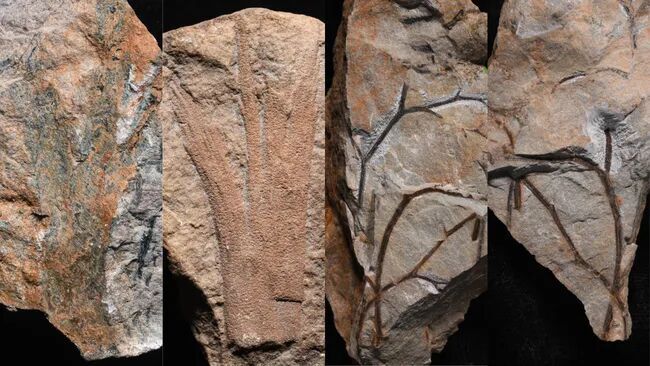
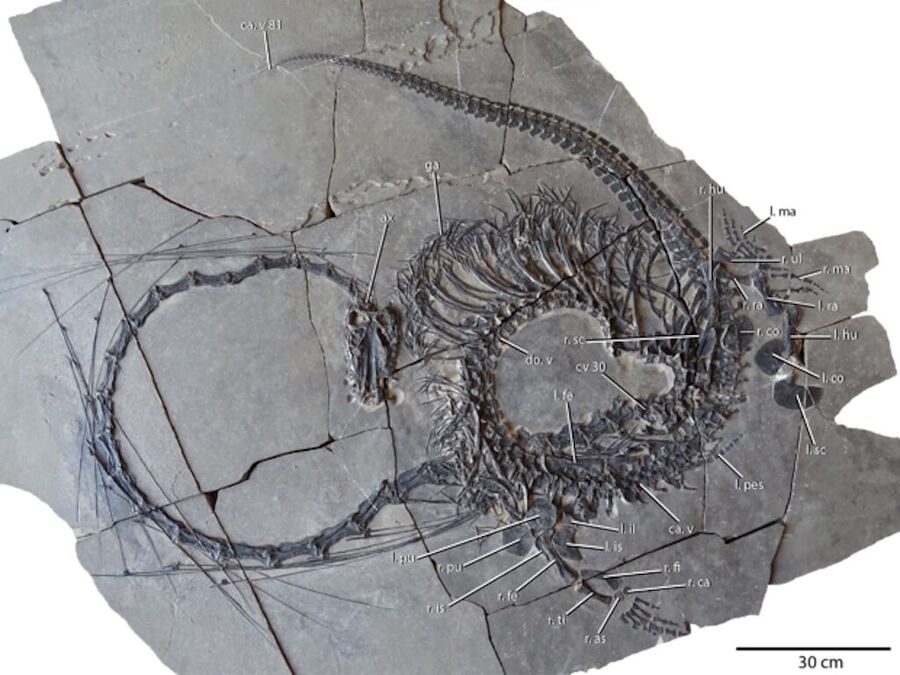
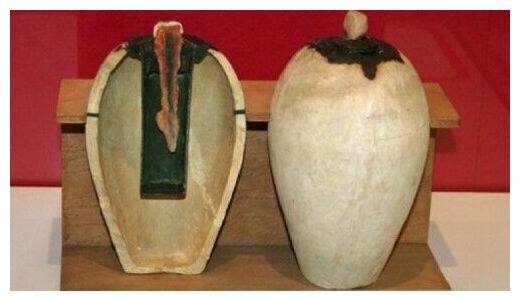
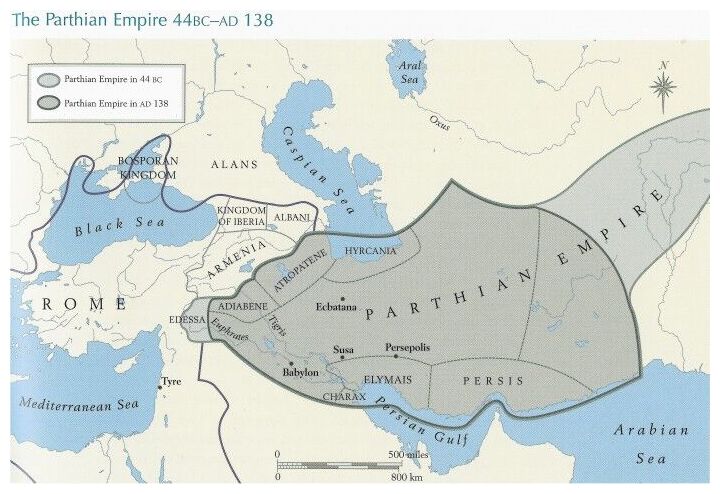
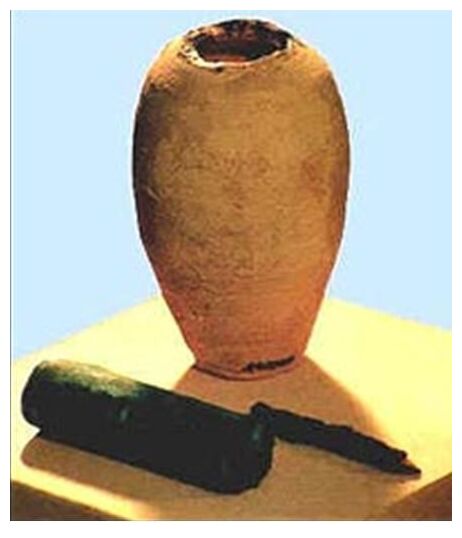



Comment: Author provides a cohesive and comprehensive historical context to the creation and diabolical trajectory of 'Israel' and its complicit partners. Excellent read.